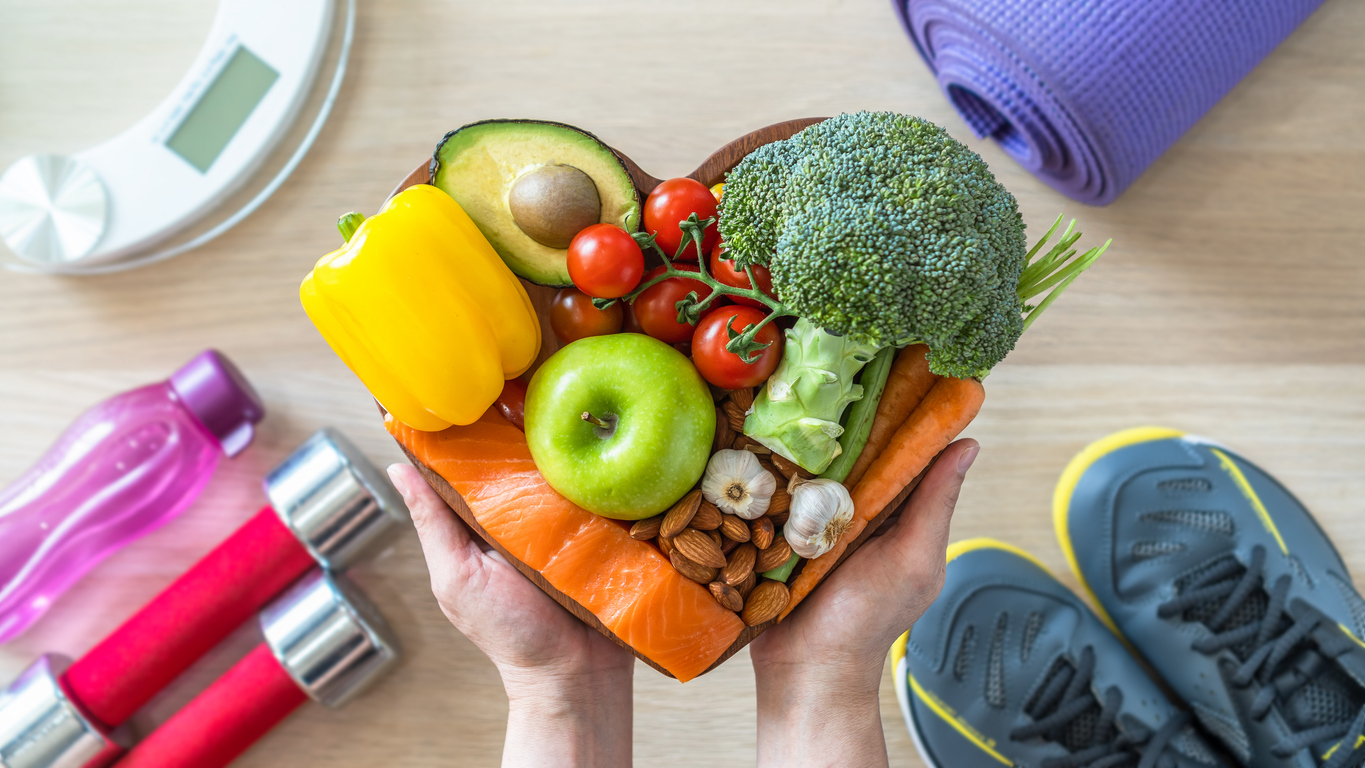What is Type 2 Diabetes?
- Type 2 diabetes occurs when the body has trouble processing sugar.
- The pancreas is an organ in the body that makes a hormone called insulin. Insulin acts like a key to let blood sugar into cells in the body so the sugar can be used for energy.
- In persons with type 2 diabetes, cells do not respond well to insulin. Think of it as the key being unable to turn the lock easily. This is called insulin resistance.
- The pancreas will produce more and more insulin to try and open cells for blood sugar. Over time, the pancreas cannot keep up with the demand and blood sugar levels will rise, resulting in diabetes.
- If blood sugar is too high for a long time, it can increase risk for diabetes-related complications such as heart disease, kidney disease, and vision loss.
What are common symptoms of diabetes?
- Urinating often or multiple times overnight
- Feeling very thirsty
- Feeling very hungry-even though you are eating
- Feeling tired
- Having blurry vision
- Having cuts/bruises that heal slowly
What factors put children at risk?
The risk factors for type 2 diabetes in children include:
- Having other family members with diabetes like parents or siblings
- Physical inactivity
- Having a higher weight than average
- Being from certain race/ethnic backgrounds
What can I do?
Healthy lifestyle habits like daily exercise, good quality sleep, and healthy eating can help unlock your cells so that your pancreas doesn’t need to work so hard to make insulin.


